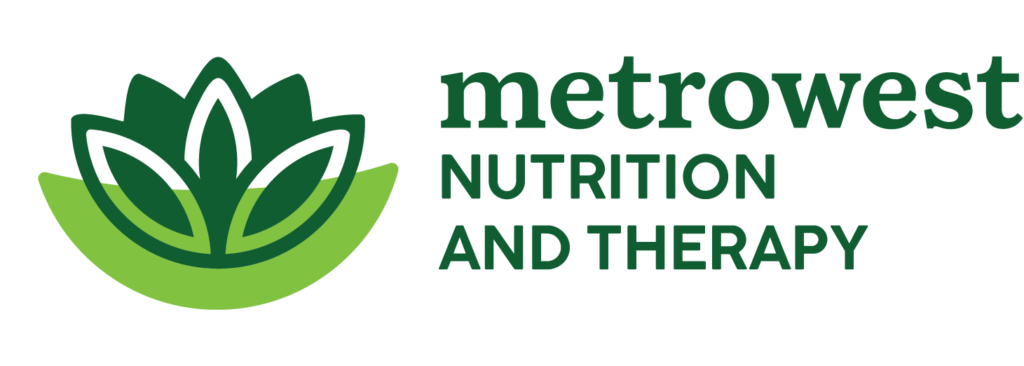
The Body Project – Helping Our Girls Challenge The Appearance Ideal
Recently I, along with some of my colleagues, became a facilitator of The Body Project through an interactive training provided by NEDA (National Eating Disorders Association) and
hosted by MEDA (Multi-Service Eating Disorders Association) in Newton, MA. During the training, we had the opportunity to
act as participants of the program. As clinicians, we rarely have the opportunity to share openly about our own body image histories. And with the
added benefit for being surrounded by compassionate clinicians who specialize in this area. We may be experts in the topic, but this doesn’t mean we’re
immune to the impacts of fat-phobia and diet culture. Exploring our own experiences with body image and diet culture facilitates greater understanding
and empathy as we support clients on their journey towards body acceptance.
Now I’ll share some details about the program.
What is the Body Project? The Body Project was developed and evaluated at Stanford University, the University of Texas at Austin,
and Oregon Research Institute. This is not just any intervention, it’s backed by two decades of research and evaluation.
The Body Project is a program for high school and college aged girls that is shown to:
1. Reduce body dissatisfaction
2. Reduce negative mood
3. Reduce unhealthy dieting
4. Reduce disordered eating
Women spend countless hours and dollars on pursuit of the Appearance Ideal. The Body Project aims to unpack the Appearance Ideal and challenges a) how
unrealistic this ideal is and b) how it robs time from more meaningful, fulfilling endeavors.
What is the Appearance Ideal? The Appearance Ideal a very rigid societal/cultural standard of what defines beauty. Ironically, messages
we receive about the appearance ideal are often conflicting and unrealistic (i.e. how might it be humanly possible to have a huge booty and a thigh
gap?). Unfortunately, teens and young women often adopt unhealthy behaviors to achieve these appearance standards. In some cases, maybe they achieve
it, but not without sacrificing other areas of life. Not to mention, research shows that the closer one gets to the cultural ideal, the more dissatisfied
they may be.
Now you may be saying to yourself, shouldn’t we be teaching our kids that appearance doesn’t matter? That it’s what’s inside that counts?
In an ideal world, YES! The thing is, young girls are BOMBARDED with messages about how they should look. Fashion magazines share strategies
to look “better”, have “better” hair, face, body, and be “happier” all while trying to get you to buy their product so they can “FIX” you. The beauty
and diet industry work through magazines, social media and other societal/cultural mediums, telling us exactly what is desirable as they compete for
our money.
What girls don’t realize is that images in these magazines and maybe even on their social media feed are NOT REAL. Magazines use taping of body parts to
create things like cleavage, waist cinchers to create unrealistic waist size (imagine enjoying a meal with one of those on), photoshopping (goodbye
lines and wrinkles) where stomachs are trimmed, and thighs are “gapped”. An industry survey of professional models showed that 31.2% HAVE eating disorders
and 68.3% suffer from anxiety and depression. So, are all those models who have a “perfect body” happy? Heck NO!
Social media has only contributed to the vulnerability that young women already feel. Body surveillance on Facebook and Instagram can internalize that
drive for thinness and perfection.
Tag someone in a photo?
35% of teens worried that someone would do this. 27% stressed about how they look in an already posted photo. 22% felt bad when their photos were not
“liked”.
I learned is that 40-60% of elementary school girls are either concerned about their weight or about becoming fat! These are girls age 6-12! Moms who were
overly concerned about their weight have children that are at an increased risk for unhealthy behaviors. What we say as moms about our own and others’
bodies…matters.
What can we do to prevent this? Discourage dieting, focus on healthy habits not weight, promote positive body image, discourage “weight talk”, and
enjoy family meals.
One goal at completion of The Body Project is for participants to commit to a Body Activism exercise. This could be:
1. Choosing a friend or family member and discussing one thing you like about yourselves.
2. Keeping a journal of all the good things your body allows you to do (take a long hike, play soccer well, ride a bike).
3. Pick a friend and make a pact to avoid negative body talk about yourselves or others.
4. Make a pledge that when you or someone you are with says something negative about their bodies that you will make a correction by saying something positive
about that body part.
5. The next time someone gives you a physical compliment rather than objecting (“No, I’m so fat”), practice saying “Thank You”.
What can YOU do to change the dialogue? Is a friend or colleague or daughter struggling with their body image?
Our hope is to bring the Body Project to high school girls to empower them and promote body acceptance. Wouldn’t it be great if we can help STOP an
eating disorder before it starts?



